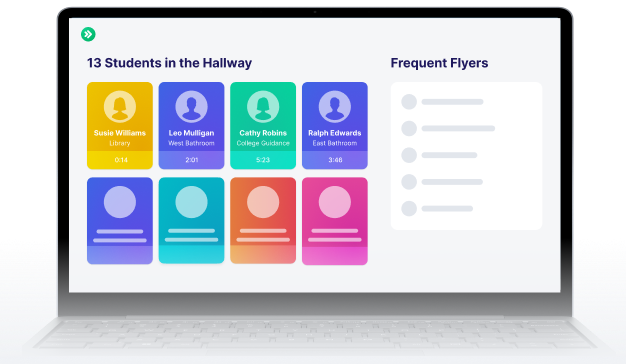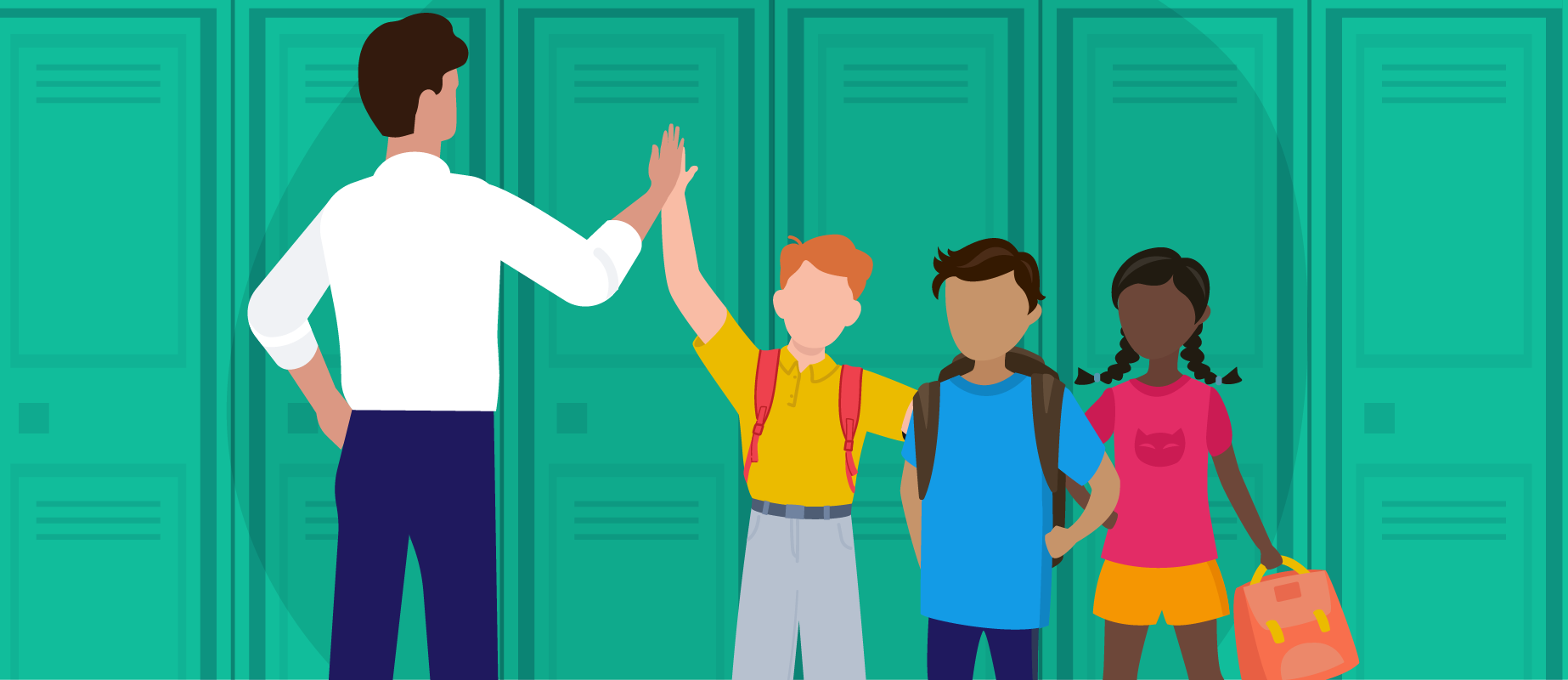In the News: Enhancing Safety in Schools Across Minnesota
Read the Story
SmartPass Co-Founders Listed on Forbes 30 Under 30
Read the Story

Lee Moskowitz
.avif)

When new technology hits the classroom, it can be met with healthy skepticism, anxiety, or excitement. Teachers want to ensure that any new tool is easy to use and genuinely makes their lives easier, rather than adding yet another thing to their plate. Parents want to make sure that their children are safe and their data is protected.
Think back to when interactive smart boards were first introduced. Many educators were unsure how they’d adapt or if it would disrupt their teaching process. But over time, smartboards have proven to be invaluable, enhancing how educators teach and how students learn.
As more schools begin to adopt electronic hall pass systems (also known as e-hall passes or digital hall passes), this new technology faces similar scrutiny and misconceptions. Educators and parents alike have voiced concerns, primarily because students and teachers are the most important aspects of the educational environment, and any change that affects their daily routine deserves careful consideration.
Today, we’re here to bust the myths surrounding digital hall passes and answering real questions we hear most often from educators.
A major misconception about digital hall passes is that the technology uses GPS or RFID tracking to follow student locations in real-time. This is not how SmartPass works! When a student or teacher creates a hall pass with SmartPass, the system logs the details: who created the pass, where the student is leaving and going, and how long they’re out of class. No device leaves the room with them, and the student is accountable for getting there and back within the allotted time frame. This enables schools to keep students safe and accounted for without using any real-time location tracking.
Even though younger students might not engage in the same types of misbehavior, elementary schools still deal with horseplay and other disruptive student behaviors in bathrooms and hallways. Digital hall passes enhance safety and oversight in elementary schools by providing a structured system for monitoring student movement.
SmartPass is designed to be user-friendly for students of all ages, including those in lower grades who are still learning to read. The system uses bright colors and a simple interface to make it accessible for young children. In a kiosk setup, students only need to know the first three letters of their name or recognize their picture to create a pass. This ease of use ensures that both students and teachers can seamlessly integrate digital hall passes into their daily routines, enhancing safety and reducing classroom disruptions.
Electronic hall passes can also be a game-changer for elementary school nurses! Pass Approvals and Room Limits can help nurses triage and limit inbound students. Plus, Recurring Passes allow school nurses to set up daily medication passes for students with scheduled meds, saving time and headaches (both literally and figuratively).
Digital hall passes are electronic so that must mean students will need to have their smartphones out all day, right? WRONG.
Students do not need to use their phones to make a digital hall pass or bring any physical pass with them. Digital hall passes can be created on any school-provided devices such as tablets, computers, or teacher devices. Many schools already have kiosks and 1:1 devices like chromebooks in the classroom—any device works!
Furthermore, the use of school-provided devices enhances security and control. Teachers can monitor and manage passes directly from their devices, ensuring that students are using the hall pass system appropriately. This setup not only avoids the need for personal smartphones but also integrates seamlessly with the existing classroom technology.
This myth couldn’t be further from the truth. In reality, digital hall passes are designed to enhance rather than disrupt classroom management. Far from being a hassle, digital hall passes streamline classroom management and administrative tasks, providing immediate value to support teachers in maintaining a productive learning environment.
Teachers no longer need to disrupt their lesson to manage requests, write passes, or watch their sign-out sheets. Depending how school admins choose to set up SmartPas, teachers may not have to do anything other than give verbal approval! Educators often describe SmartPass as easier than paper passes!
Maleike Hector, a history teacher in the Passaic County Technical Institute district explains, "SmartPass gives both students and teachers more autonomy. Students don't have to ask me for passes to leave class and I don't need to stop teaching every time a student needs to use the restroom."
Far from undermining student autonomy, digital hall passes are designed to take the burden off teachers and give students more autonomy (as long as they follow the rules). With digital hall passes, students can activate their own passes, making them responsible for their time out of class. This system fosters a sense of responsibility and accountability, encouraging students to manage their time efficiently.
Moreover, digital hall passes help keep school facilities like bathrooms open and accessible by preventing overcrowding and ensuring that students are using these spaces appropriately. This structured approach not only maintains order but also empowers students to navigate their school day more independently.
By adhering to the guidelines, students can enjoy the freedom of moving around the school safely and efficiently, without unnecessary restrictions. When used correctly, digital hall passes strike a perfect balance between providing autonomy and ensuring a secure, well-managed school environment.
Mason Jones, Operations Manager at Harlem Prep High School explains how easy it is for all of his teachers and students to use:
"It has helped create calmer hallways while increasing instructional time and student accountability. Even our less tech savvy teammates have embraced the app thanks to its simplicity!"
Electronic hall passes come with their fair share of myths and misconceptions. From concerns about student privacy and autonomy to questions about device requirements and teacher disruptions, it's crucial to address these misunderstandings head-on. Digital hall passes are designed to enhance the school environment by promoting safety, accountability, and efficiency for both students and educators. They provide a structured yet flexible system that supports the daily operations of schools, ensuring that everyone can focus on what truly matters: education and well-being.
By debunking these myths and answering common questions, we've highlighted how digital hall passes can be a valuable tool solution to everyday challenges in schools.
If you're ready to explore how digital hall passes can benefit your school, please check out more about how SmartPass works by taking our interactive product tour..

.jpg)

